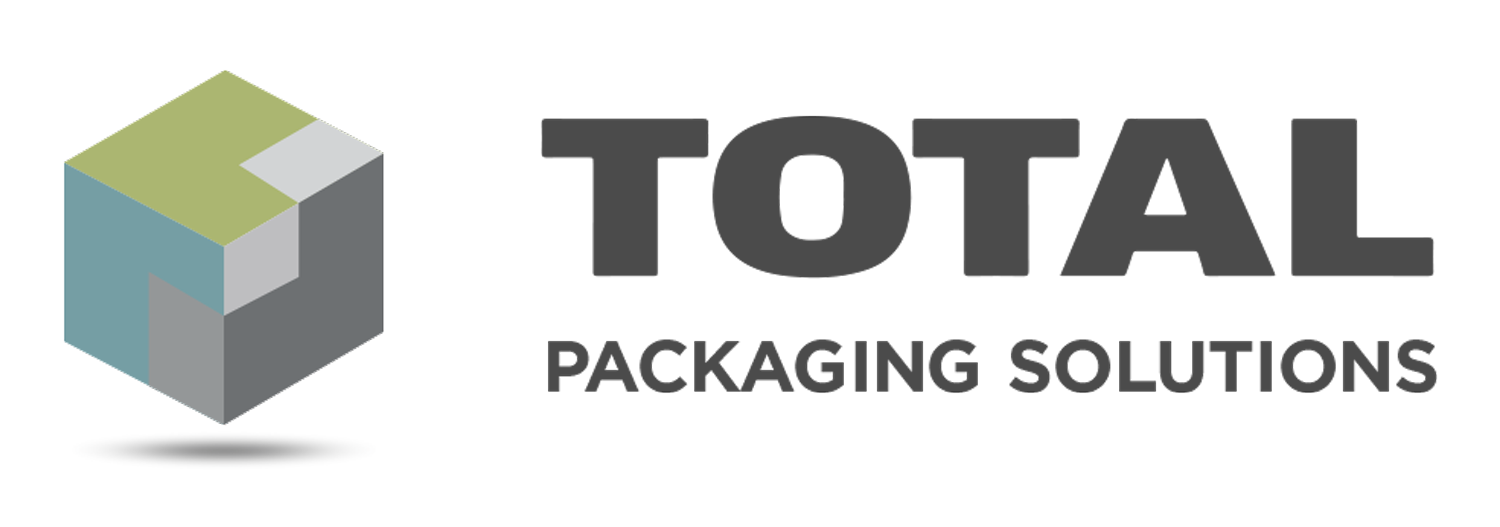Sewn Dunnage
Sewn dunnage is a type of protective packaging that is becoming increasingly popular in the automotive industry. It is a cost-effective and efficient way to protect automotive parts during transportation and storage. Here are a few reasons why using sewn dunnage makes more sense than traditional methods.
First and foremost, sewn dunnage is more durable and long-lasting than other types of protective packaging. It is made from heavy-duty materials that can withstand the rigors of transportation and handling. This means that it is less likely to break or become damaged, and can be used multiple times before needing to be replaced. In contrast, traditional methods such as bubble wrap or foam sheets are prone to tearing and can only be used once before being disposed of.
Another advantage of sewn dunnage is that it is customizable and can be tailored to fit the specific dimensions and needs of the automotive parts being protected. This makes it more effective at preventing damage, as the dunnage can be designed to fit the parts snugly and provide maximum protection. Traditional methods, on the other hand, are often one-size-fits-all and may not provide the same level of protection.
In addition to its durability and customizability, sewn dunnage is also more environmentally friendly than traditional methods. It can be made from recycled materials, and because it can be reused multiple times, it generates less waste. In contrast, traditional methods such as bubble wrap and foam sheets are single-use and contribute to the growing problem of plastic waste.
Finally, using sewn dunnage can save businesses money in the long run. While it may have a higher upfront cost than traditional methods, its durability and ability to be reused multiple times means that it can save businesses money in the long run. In contrast, traditional methods must be purchased and disposed of on a regular basis, which can add up over time.
In summary, using sewn dunnage for protecting automotive parts makes more sense than traditional methods due to its durability, customizability, environmental friendliness, and cost-effectiveness.
